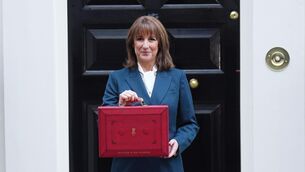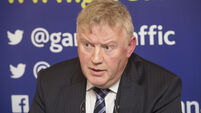Eoghan O'Mara Walsh: ‘Herculean’ task to reconnect and recover lost tourism

Aer Lingus cutting operations at Shannon is a "hammer-blow" to Irish tourism.
The bank holiday weekend brought a renewed sense of optimism within Ireland’s tourism industry that we are finally moving from the survival to the revival phase for businesses after the ravages of the Covid pandemic.
Last month’s announcement by An Taoiseach included a number of constructive developments for Ireland’s tourism industry, the country’s largest indigenous sector and biggest regional employer.













